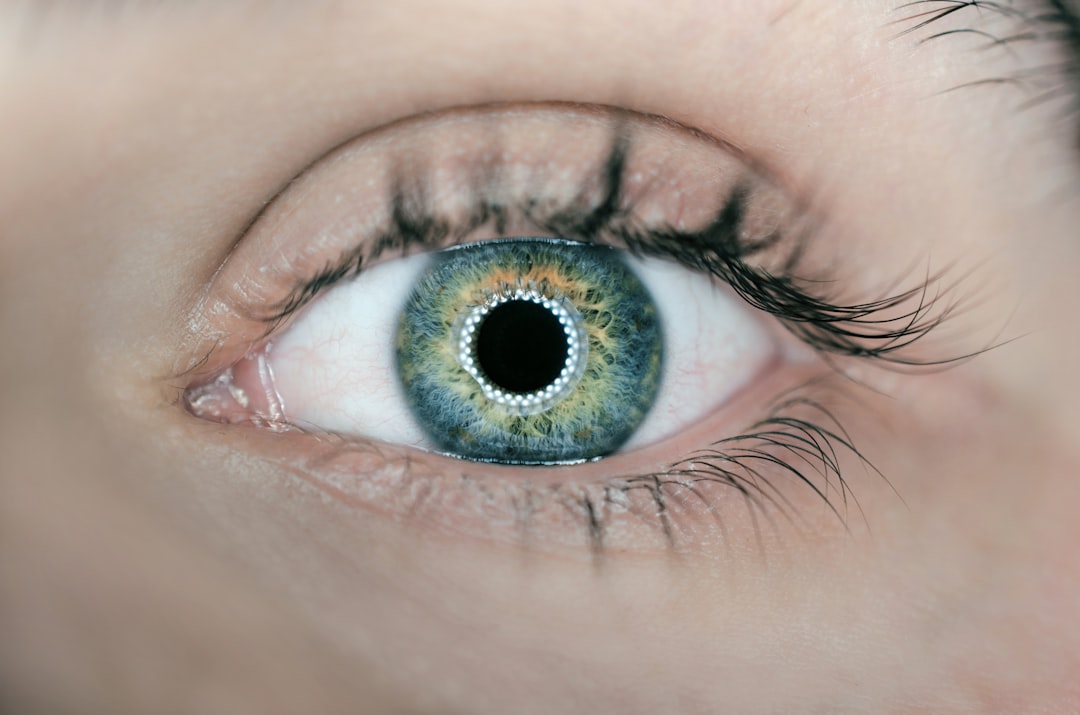What is it about?
Who were illustrated herbals intended for, who were the actual readers and how did they use these books? The case of the Dutch herbal Den groten herbarius met al sijn figueren (“The great herbal with all its figures”, printed in six editions between 1514 and 1547) sheds light on book producers’ strategies of popularisation and readers’ strategies of personalisation.
Featured Image

Photo by Jan Kopřiva on Unsplash
Why is it important?
Printed herbals were a widespread type of books across Europe in the late fifteenth and early sixteenth century, both in Latin and vernaculars. Recent studies have problematised the deceptively simple question of how these books were used in practice. The case of the Dutch 'Den groten herbarius' helps to shed light on this question. As its surviving copies contain many annotations by early modern readers, a study of these traces of use reveals patterns in reading practices that have been overlooked so far. This study also shows what strategies the book producers employed to appeal to an audience that extended well beyond medical practitioners.
Read the Original
This page is a summary of: Popularising and Personalising an Illustrated Herbal in Dutch, Nuncius, June 2021, Brill,
DOI: 10.1163/18253911-03602006.
You can read the full text:
Contributors
The following have contributed to this page










